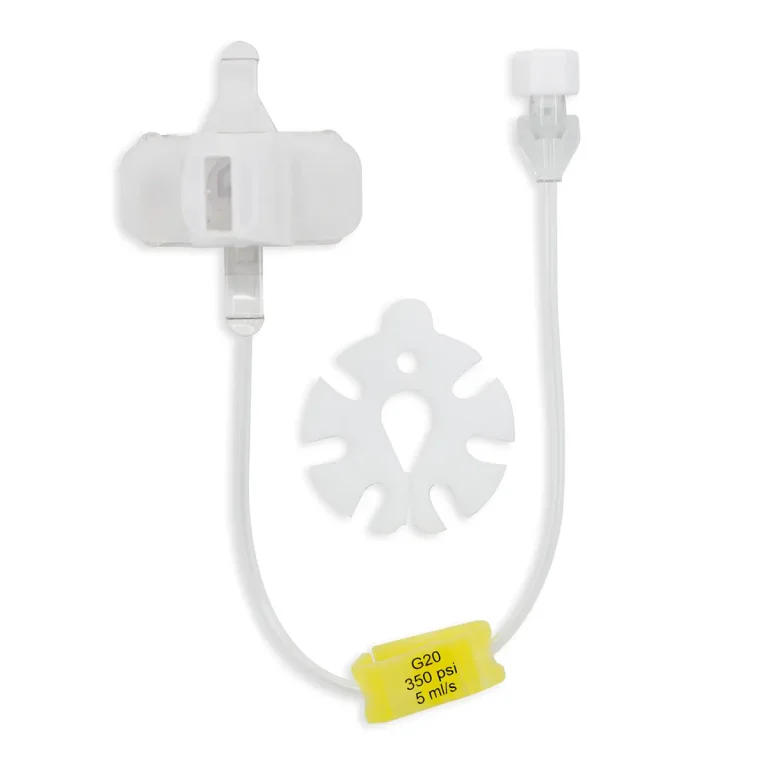
Perfusafe2 safety infusion device
Perfusafe 2 is a safety infusion device with Huber bevel for implantable ports with a low profile design ideal for paediatric patients and oncology and haematology patients requiring extended treatme...
Read more
Showing all 7 results

Perfusafe 2 is a safety infusion device with Huber bevel for implantable ports with a low profile design ideal for paediatric patients and oncology and haematology patients requiring extended treatme...
Read more
‘Ports’ describe a type of vascular access device, implanted under the skin of a patient for longer term vascular access and IV therapies. Suitable for patients requiring repeated vascular access, and longer-term IV therapies that can last for weeks, months, or years.
Also known as: implantable port, subcutaneous port, or a totally implanted vascular access device (TIVAD). They work in conjunction with a corresponding Huber needle to deliver vital IV therapies.
Ports can be used in such therapies as: chemotherapy, treatment for cystic fibrosis, parenteral nutrition, antibiotics, and pain management and are suitable for both adult and paediatric patients.
Benefits of using implantable ports include patient benefits, clinical benefits as well as benefits for your department and trusts.
At Vygon UK, we have a range of ports or TIVAD’s for you to choose from, ensuring you get the best vascular access device for your patient and their therapeutic requirements.
Our hybrid ports have the benefits of both port material types (a mixture of both plastic and titanium ports), that results in a lighter device that is MRI conditional yet resists huber needle puncture.
We have two distinct ranges – Seesite and Polysite. Polysite is MRI conditional and CT compatible, and Seesite has the unique radiopaque marking detectable by X-ray. Our industry leading ranges come in a variety of sizes, ensuring you get the best sizing for your paediatric and adult patients.
Vygon is your trusted partner for developing your ports service within your department and trust. The Vygon team are on hand throughout the implementation process and continues upon purchase with our product specialist and clinical nurse team.
We also offer dedicated training and education opportunities to help your clinicians and team develop the skills required to operate a successful ports service. For more information on ports, hubers, or developing the ports service in your hospital or Trust, please contact a member of the Vygon team.